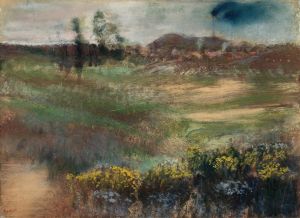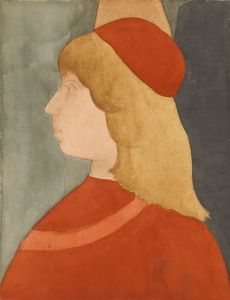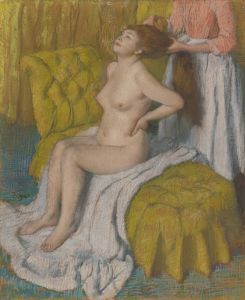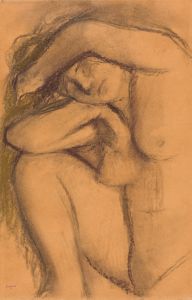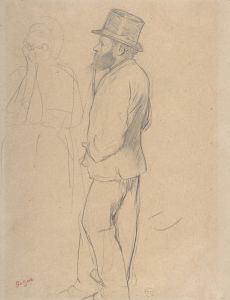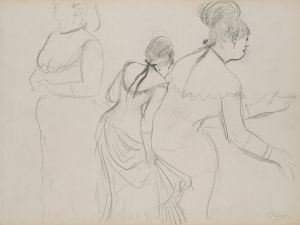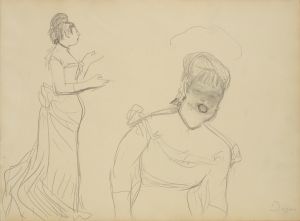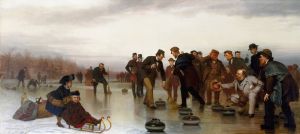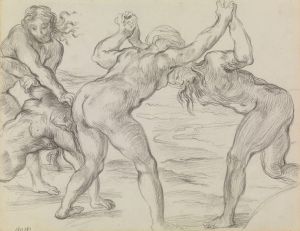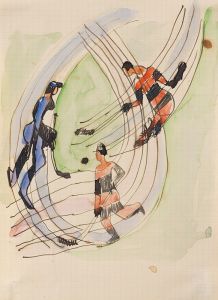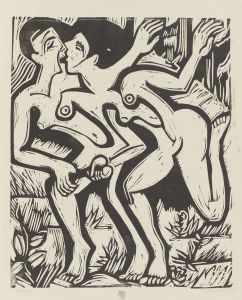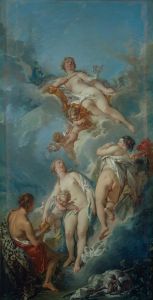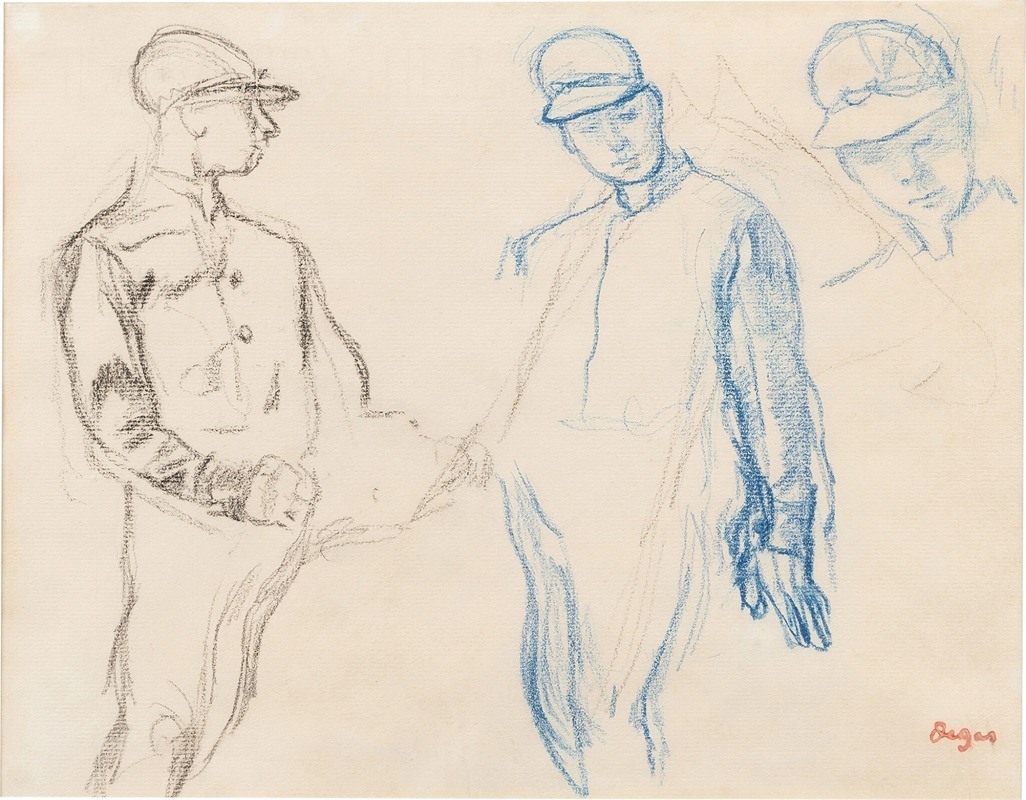
Jockeys
A hand-painted replica of Edgar Degas’s masterpiece Jockeys, meticulously crafted by professional artists to capture the true essence of the original. Each piece is created with museum-quality canvas and rare mineral pigments, carefully painted by experienced artists with delicate brushstrokes and rich, layered colors to perfectly recreate the texture of the original artwork. Unlike machine-printed reproductions, this hand-painted version brings the painting to life, infused with the artist’s emotions and skill in every stroke. Whether for personal collection or home decoration, it instantly elevates the artistic atmosphere of any space.
"Jockeys" is a painting by the French artist Edgar Degas, who is widely recognized as one of the leading figures of the Impressionist movement. Degas, known for his innovative compositions and focus on modern life, often depicted scenes of horse racing, ballet, and everyday Parisian life. This particular work, "Jockeys," reflects his fascination with equestrian subjects, which he explored in numerous paintings, drawings, and pastels throughout his career.
The painting portrays jockeys on horseback, likely preparing for or participating in a horse race. Degas captures the dynamic energy of the scene, emphasizing the relationship between the riders and their horses. His use of color, light, and unconventional composition demonstrates his mastery of creating movement and atmosphere. The work is notable for its asymmetrical arrangement, with the figures positioned off-center, a hallmark of Degas's style that was influenced by Japanese prints and photography.
Degas's interest in horse racing was partly inspired by its popularity in 19th-century France, particularly among the upper classes. Horse races were not only sporting events but also significant social gatherings, making them a fitting subject for an artist interested in modern life. Degas often visited racetracks such as Longchamp in Paris, where he observed and sketched horses and jockeys in preparation for his works.
"Jockeys" exemplifies Degas's ability to blend realism with a sense of immediacy and spontaneity. While the painting captures a specific moment, it also conveys a timeless quality, reflecting Degas's deep understanding of anatomy, movement, and composition. His attention to detail is evident in the depiction of the horses' musculature and the jockeys' postures, which suggest both tension and control.
The exact date of "Jockeys" is not always clearly established, as Degas often revisited and reworked his pieces over time. Like many of his works, it may have been created using a combination of media, including oil paint and pastel, which allowed him to achieve rich textures and vibrant colors.
Today, "Jockeys" is considered an important example of Degas's equestrian art and is held in high regard for its innovative approach to composition and subject matter. The painting is housed in a prominent art collection, though its specific location may vary depending on loans or exhibitions.






